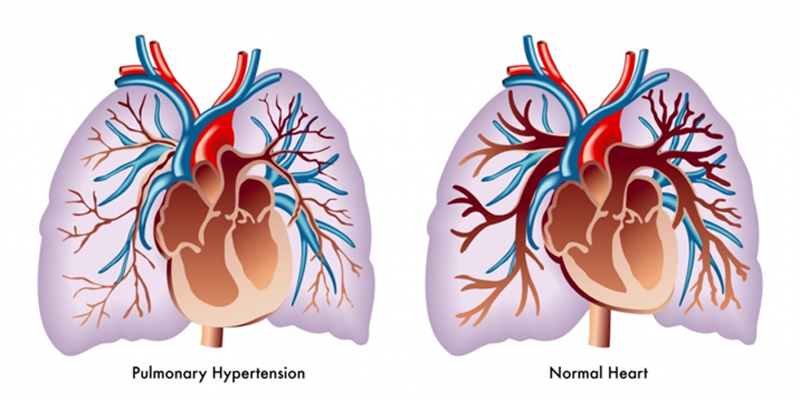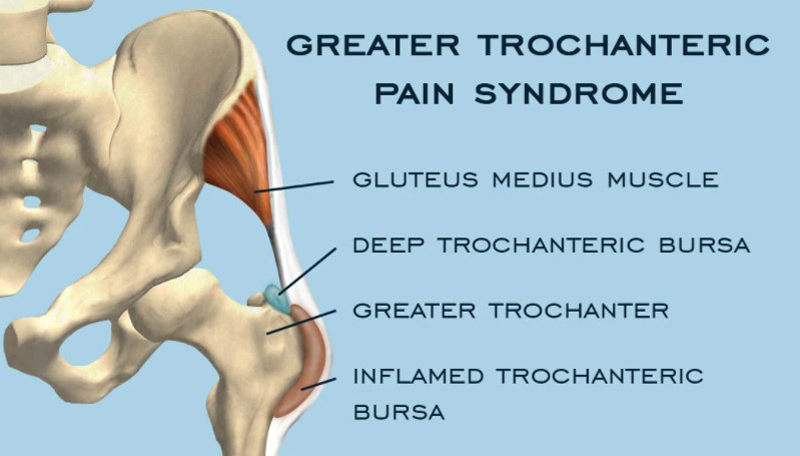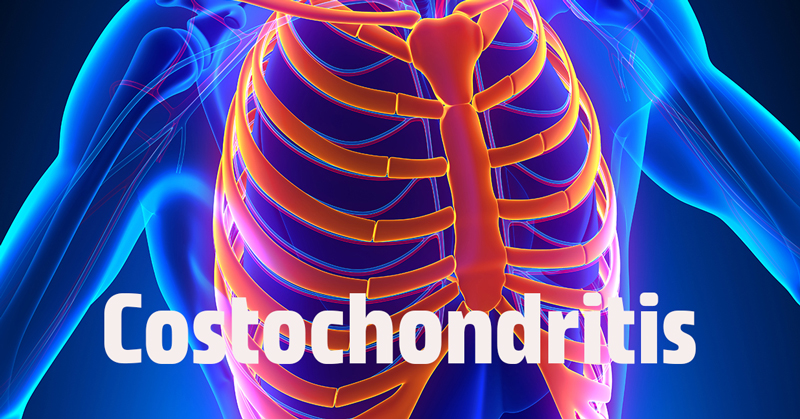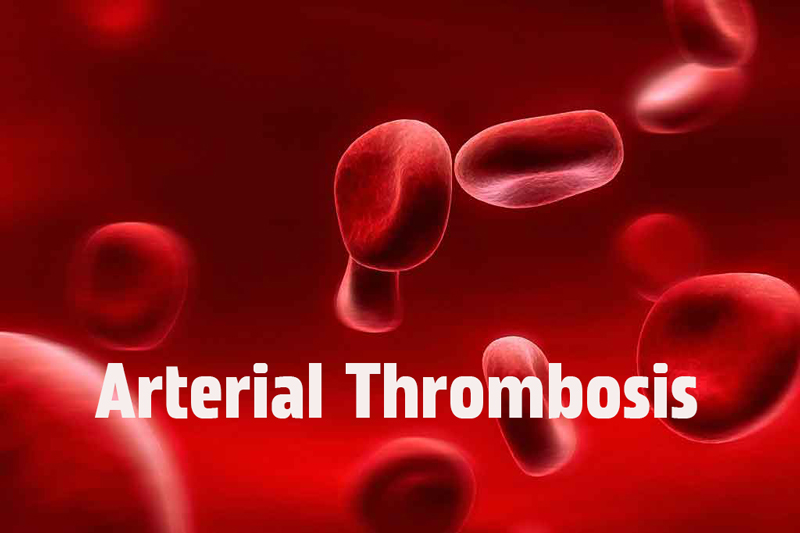Joint Hypermobility Syndrome and Related Conditions
Sept. 21, 2023 #Arthritis
Understanding Joint Hypermobility Syndrome
Joint Hypermobility Syndrome, also known as hypermobility spectrum disorder (HSD) or hypermobile Ehlers-Danlos syndrome (hEDS), is a genetic condition characterized by excessively flexible joints beyond the normal range of motion. This condition affects the connective tissues, making them more flexible. People with this condition also have extra stretchy skin.
Individuals with Joint Hypermobility Syndrome may exhibit hypermobile joints, allowing them to bend their joints in ways that is beyond normal movement. While some people may not have symptoms and their condition is considered normal, those with Joint Hypermobility Syndrome experience various symptoms and complications.
Symptoms of Joint Hypermobility Syndrome
The symptoms of Joint Hypermobility Syndrome can range from mild to severe conditions. Common symptoms associated with this condition include:
- Joint Pain: Joint pain is a primary symptom, varying from mild to severe, accompanied by swelling and tenderness in the affected area.
- Joint Dislocation: Those with Joint Hypermobility Syndrome are more prone to joint dislocation, experiencing partial or complete joint dislocations with minimal trauma.
- Joint Instability: Joint instability is commonly observed due to weak or loose ligaments and soft tissues supporting the joints. This can cause a feeling of joint instability..
- Hypersensitive Nerves and Weaker Immune System: Some individuals with Joint Hypermobility Syndrome may have hypersensitive nerves, making them more sensitive to pain and touch. They may also possess a weaker immune system, increasing their susceptibility to infections.
- Fatigue and Depressive Episodes: Joint Hypermobility Syndrome can lead to severe fatigue and depressive episodes due to chronic pain, joint instability, and associated symptoms impacting physical and emotional well-being.
- Association with Neurodevelopmental Disorders: There is a strong link between Joint Hypermobility Syndrome and neurodevelopmental disorders such as Attention Deficit Hyperactivity Disorder (ADHD) and Autism Spectrum Disorder (ASD). Shared genetic factors might contribute to the co-occurrence of these conditions.
It is important to note that the severity and combination of symptoms can vary greatly among individuals with Joint Hypermobility Syndrome. Consulting a doctor for appropriate treatment is recommended.
Treatment Options for Joint Hypermobility Syndrome
Several treatment options exist to manage Joint Hypermobility Syndrome, aiming to alleviate symptoms and improve joint stability. The chosen treatment plan will depend on the condition's severity and the individual's specific needs. Common treatment options include:
- Physical Therapy: Physical therapy plays a crucial role in the treatment of Joint Hypermobility Syndrome. A skilled physical therapist can create a personalized exercise program focusing on strengthening the muscles surrounding the affected joints. This improves joint support, reducing the risk of dislocation or instability. Physical therapy also includes stretching and flexibility exercises to enhance joint range of motion.
- Exercise: Regular exercise is essential for individuals with Joint Hypermobility Syndrome. Low-impact exercises like swimming, cycling, and walking improve joint stability and function. Weight-bearing exercises can promote bone health and reduce the risk of osteoporosis, which may be a concern for individuals with this condition.
- Pain Management: Various techniques can be employed for pain management associated with Joint Hypermobility Syndrome. These may include nonsteroidal anti-inflammatory drugs (NSAIDs), hot or cold therapy, transcutaneous electrical nerve stimulation (TENS), and relaxation techniques. Collaborating closely with a healthcare professional helps determine suitable pain management strategies.
- Surgery (in severe cases): Severe cases of Joint Hypermobility Syndrome may require surgery to address joint instability or recurrent dislocations. Surgical options may involve joint reconstruction, ligament repairs or reconstructions, or joint stabilization procedures. The goal is to restore joint function, stability, and reduce the risk of future dislocations.
The treatment approach for Joint Hypermobility Syndrome varies based on individual needs and condition severity. Consulting with healthcare professionals such as rheumatologists or physical therapists aids in developing a personalized treatment plan aligned with the individual's lifestyle and goals.










COMMENTS